CTIA Wireless: 17 Cool Devices From The Show Floor
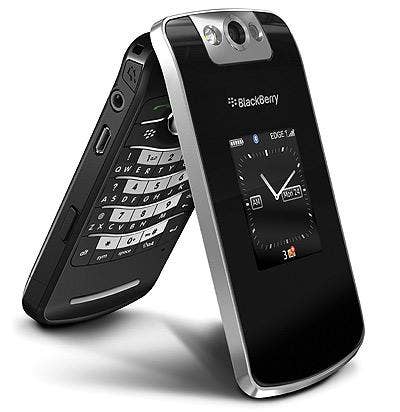
CTIA Wireless has become the be-all end-all show for the latest and greatest in consumer and business mobile devices.
Here are 17 devices from CTIA Wireless 2008 in Las Vegas that will have people not just talking and sending emails, but doing everything from watching TV and listening to music, on their wireless devices.
Sprint took CTIA by storm, unveiling a host of new devices, many of which operate on the carrier's Mobile Broadband network. One handset, the Samsung Instinct (pictured), is a touch-screen device looking to clobber the Apple iPhone with ultra-fast Internet speeds and a lower price tag -- under $300, compared to the iPhone's $399 or $499 depending on storage capabilities.
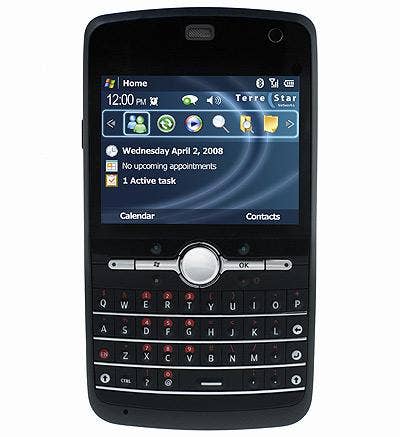
Sprint also welcomed the addition of the BlackBerry Curve 8330 (pictured), the smallest BlackBerry smartphone to offer a full QWERTY keyboard, to its lineup.
The Curve supports exclusive multimedia content via the Sprint Music Store and Sprint TV. The device also offers access to personal and corporate email, contacts, calendar, tasks, a camera, GPS navigation and Web browsing. Other features, like an advanced media player for music, video and photos, Bluetooth support and a card slot for microSD cards add additional functionality.
Sprint said the BlackBerry Curve 8330 smartphone will come out later this month and start at $179.99 with a two-year service agreement.
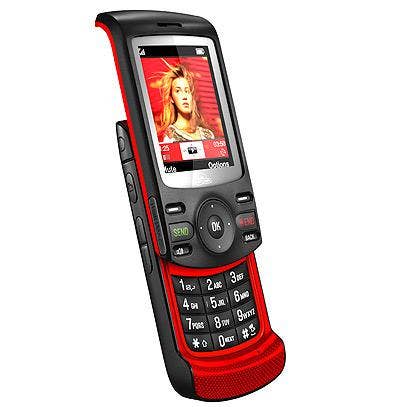
Along with announcing new editions to its device roundup at CTIA, Sprint also showed that it can teach an old dog new tricks, proving once and for all that its Nextel arm is still alive and chirping.
Sprint launched a total of six devices that expand the reach of Sprint's Nextel Direct Connect push-to-talk service. First in line is the Sanyo Pro-700 (pictured) which offers a single-number option and the ability to black or allow incoming one-to-one push-to-talk calls. The Pro-700 also features Sprint Mobile Sync, an online tool that lets users manage all of their contact information online, including setting up groups for PTT and text/voice messaging. It also automatically synchronizes with the phone, allowing easier entry, easier access and full backup of contacts. Contacts also automatically transfer if the user moves to another device equipped with Sprint Mobile Sync.
The Pro-700 is a rugged device certified to military standards for dust, shock and vibration. The Sanyo Pro-700 will start at $69.99 with a two-year service agreement and $50 mail-in rebate.
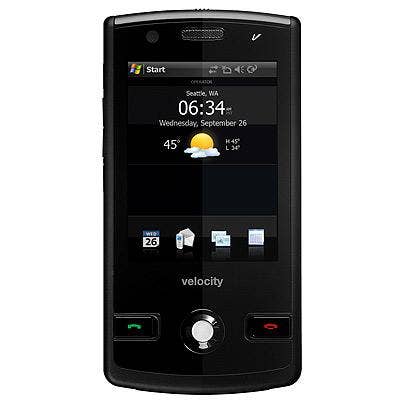
Like its counterpart the Sanyo Pro-700, the new Sanyo Pro-200 (pictured) offers similar features, but in a less rugged form-factor. Like the 700 model, the Pro-200 offers push-to-talk missed call notification, meaning when on a Nextel Direct Connect call users will be notified if they miss a push-to-talk call, call alert or group call.
The Pro-200 comes in a slim, clamshell form factor and offers instant Nextel Direct Connect push-talk and Bluetooth capabilities. It also offers advanced messaging and mobile email. The device will start at around $50 with a two-year service agreement and a $50 mail-in rebate.
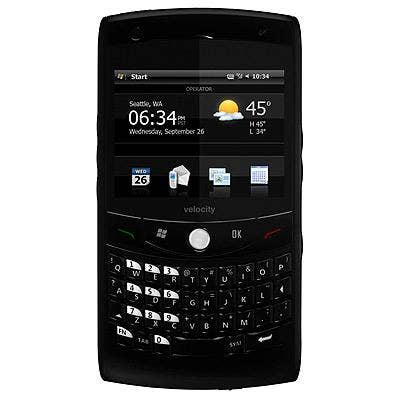
The LX 400 by LG is another clamshell device from Sprint. This burgundy band-boy operates on the digital dual-band 1900 MHz and 800 MHz network and weighs in at 3.17 ounces. The batter supports about 300 minutes of continues talk. It also features direct connect push-to-talk, Bluetooth wireless connectivity, a digital camera with Picture Mail and GPS navigation. It also supports mobile email, SMS and MMS messaging, instant messaging and speakerphone.
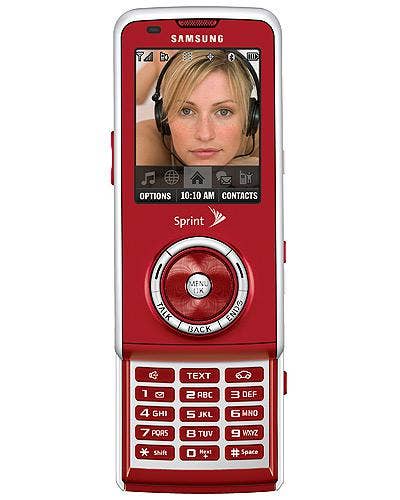
While pairing with Samsung to try and kill the iPhone with the touch-screen Instinct, Sprint is also offering two Samsung devices with push-to-talk features: The Samsung Z400 and Z700.
The Z400 is a ruggedized clamshell with a 1.3 megapixel camera and a rubber housing to ensure it can survive the elements, or a hard drop on the job site. IT features a 176 by 220 display.
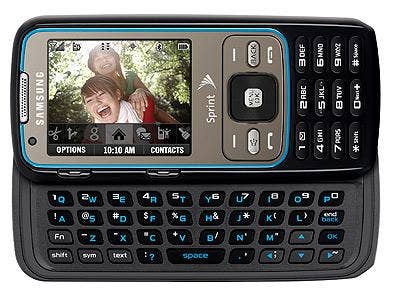
The Z400's counterpart, the Samsung Z700 is another push-to-talk clamshell and features a 2.0 megapixel camera, a microSD memory card slot and offers access to Sprint TV and Sprint's music services. The Z700 display clocks in at 320 by 240. The thick device measures 3.7 inches by 1.9 inches by 0.96 inches.
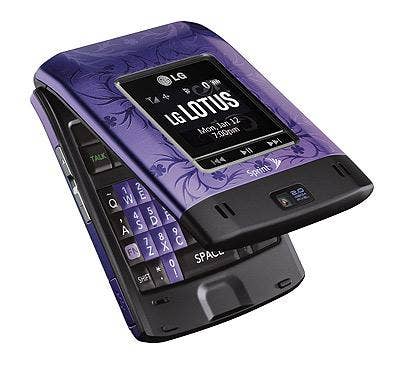
Another clamshell phone, the Moto V950 is geared toward the multimedia-hungry crowd and features access to Sprint TV, the Sprint Music Store, Sprint PCS Picture Mail and Sprint Navigation.
It also offers one-touch access to personal email and instant messaging.
This V950 is also phone-as-modem enabled, meaning the Web-enabled device can connect to a PC via a USB cable allowing wireless Internet and email access. The USB cable, however, is sold separately.
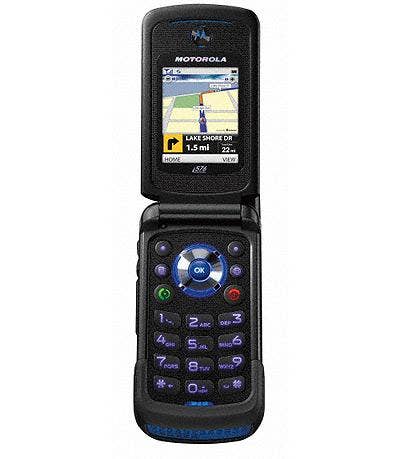
While not a mobile phone, Nokia Corp. unveiled its first ever WiMax device, an upgraded version to its N810 Internet tablet. The tablet will run on Sprint's Xohn service when it launches.
According to the Swedish mobility giant, the N810 Internet Tablet WiMax Edition is a pocket-sized device that brings the Internet to the palm of your hand. The latest in Nokia's tablet lineup, the WiMax Edition should be available this summer in areas where WiMax is available. Pricing for the device is still under wraps.
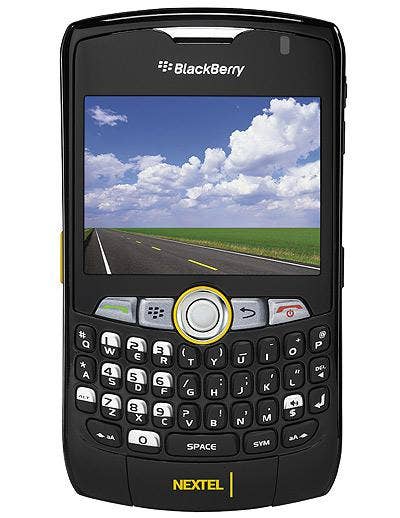
AT&T and Motorola teamed up a CTIA Wireless 2008 to launch the new Moto Z9 slider phone with AT&T Navigator, a feature phone with GPS navigation. Along with being the first AT&T Navigator-enabled device, the Z9 also features Motorola's CrystalTalk technology that enables users to be heard even in noise environments.
The phone's slider design combined with AT&T's 3G network combine style and speed. The Z9, which retails for $249.99 after a two-year service agreement, also features AT&T Mobile Music, an Opera 8 browser, a 2.0 megapixel camera and Bluetooth wireless connectivity.
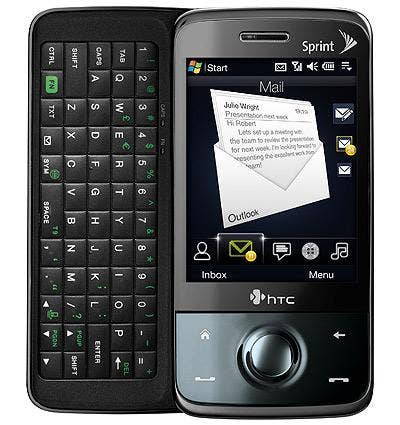
ZTE USA, a ZTE subsidiary, used CTIA to release two new handsets into the US market. The devices, the ZTE C78 (shown here in artist's renderings) and the ZTE C79, are among the first in the U.S. to operate on AWS frequency bands in addition to PCS and cellular bands. Carriers who operate on these frequencies can now offer users access to next generation voice, data and multimedia applications.
The C78 handset is a candy-bar shaped phone equipped with a VGA camera and capabilities for multimedia messaging and Internet browsing. It also supports Bluetooth for hands-free operation.
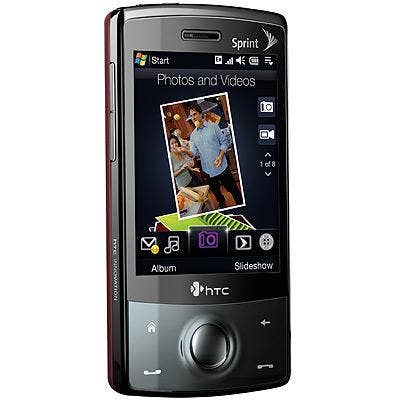
Along with the C78, ZTE unveiled the C79 Music Phone (shown here in artist's renderings). The C79 is a full-featured flip phone that includes an MP3 player, 1.3 megapixel camera, stereo Bluetooth, a 2-inch high resolution screen and support for removable microSD memory cards.
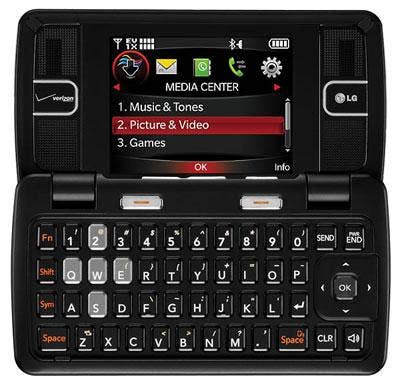
Verizon Wireless also proved it came to CTIA to party. Though the wireless giant made several key announcements just ahead of the show, the devices it offered were sure to spin any gadget-lovers head.
First, Verizon and LG Electronics announced the LG VX9100 enV2 (pictured) messaging handset, a spinoff and update of the popular enV handheld. The handset opens up to reveal a full QWERTY keyboard and internal display screen. It sports a video enabled 2.0 megapixel camera and a microSD slot for expanded memory.
The device also supports Verizon Wireless' VZ Navigator for location-based services and its Get It Now service for downloads. The LG enV2 is Bluetooth enabled and will run $129.99 with a two-year contract and mail-in rebate. The enV2 is expected to be available by the end of the month.
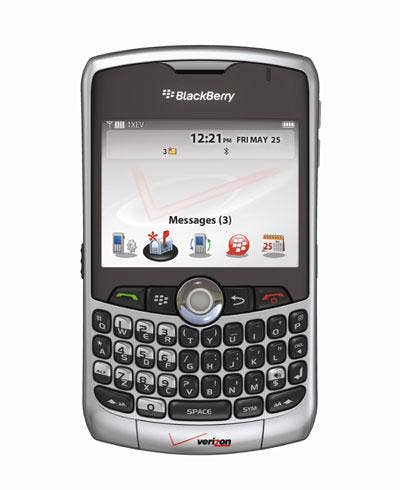
Like Sprint, Verizon also used CTIA as a platform to announce its entrance with the BlackBerry Curve 8330.
Verizon's Curve smartphone is supported by BlackBerry Internet Service that offers access to up to 10 supported POP3 or IMAP personal or professional email accounts, including most ISP email accounts. It is also supported by BlackBerry Professional Software for small business and BlackBerry Enterprise Server (BES) for enterprise deployments, enabling IT administration within IBM Lotus Domino, Microsoft Exchange and Novell GroupWise environments.
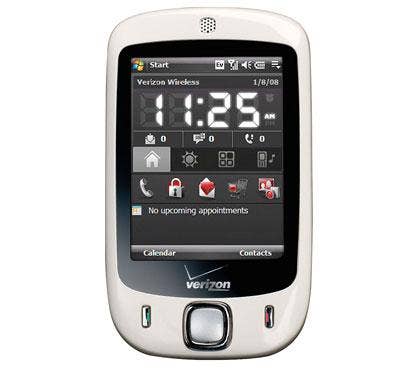
Verizon also got in on the touch-screen craze, taking the iPhone to task with the release of the Verizon Wireless XV6900, a touch-screen device that Verizon said is optimized for easy navigation with the swipe of a finger.
The pure white device offers Web access through Internet Explorer Mobile and enables the sending and receiving of emails and chat on several services. Users can also view and edit Microsoft Word and Excel files and view Microsoft PowerPoint and Adobe Reader PDFs while also being able to extract and create new zip files and attachments.
The XV6900 also features a built-in speakerphone, Bluetooth support, a microSD slot, a 2.0 megapixel camera with video capture and support for Office Outlook Mobile and Microsoft Exchange with Direct Push.
The XV6900 has a 2.8 inch touch screen with LED backlight and measures 3.98 inches by 2.35 inches by 0.56 inches. The XV6900 will run about $350 with a two-year service contract and a $50 mail-in rebate.
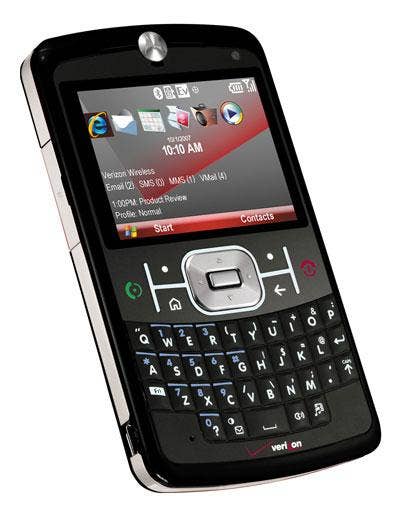
Verizon also gave the Motorola Q a makeover, announcing at CTIA that the Moto Q 9c will hit the streets this month. The smartphone, built for the road-warrior, features Windows Mobile 6.0 support, allowing users to configure any POP3 or IMAP4 email accounts. Users can also read, edit and create documents in Microsoft Word, Excel and PowerPoint.
Along with business functions, the device also features GPS navigation, a 1.3 megapixel camera with video capture and a host of other functions. The device will run about $350 with a service contract.
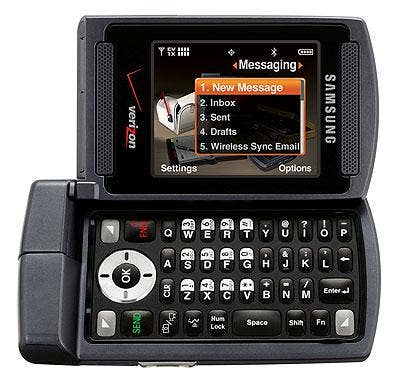
Later this month, Verizon and Samsung will debut the Alias, a device ideal for sending text messages and emails. Held vertically, the Alias is a clamshell phone, but the dual-hinge lets it open horizontally to reveal a full QWERTY keyboard.
The Samsung Alias, which will retail for about $130, also features a built in camera, video capabilities, Bluetooth support, instant messaging, Web browsing and dozens of other functions.